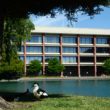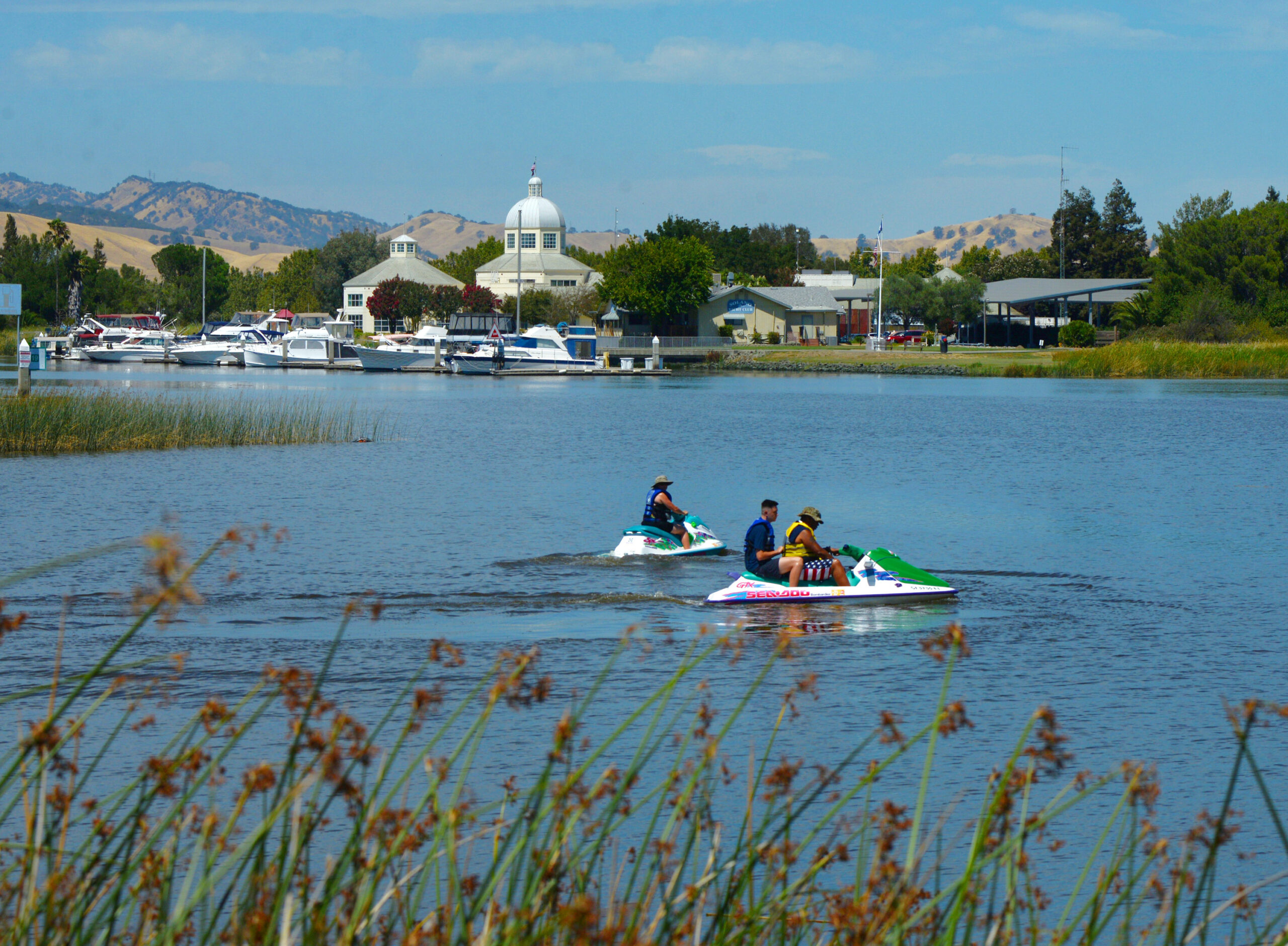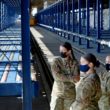TRAVIS AIR FORCE BASE — Long known as the Gateway to the Pacific, Travis Air Force Base has been the West Coast’s major air mobility hub since World War II and handles more cargo and passenger traffic than any other military airport in the United States.
Its two major wings, the active-duty 60th Air Mobility Wing and the Air Force Reserve 349th Air Mobility Wing, work together to provide the military with the air transport and air refueling it needs to carry out military and humanitarian missions around the world.
Travis is one of two major stateside Air Mobility Command bases that are the backbone of the Air Force’s strategic airlift, aerial refueling and airfield management for ongoing operations in Southwest Asia, the Horn of Africa and other hotspots in the war on terror.
The base on the east edge of Fairfield has been around since 1942, when it was established as part of a network of bases to protect the San Francisco Bay Area from the Japanese Navy in the aftermath of the attack on Pearl Harbor. It soon transformed into the jump-off point for air transports headed into the Pacific war zone.
After a postwar stint as a Strategic Air Command Base, Travis returned to become one of the busiest military air terminals in the world, supporting every military operation from the Korean War through the present operations in Afghanistan.
Its service members have deployed to locations around the world to operate airfields and refuel aircraft. Often, up to 1,000 active-duty and reserve service members are deployed at any one time overseas.
David Grant Medical Center, which is located at Travis, is the Air Force’s largest medical facility on the West Coast. It not only serves the medical needs of military services members throughout the Pacific and the Western United States, but also cares for more than 105,000 TRICARE beneficiaries and veterans.
David Grant works with the Department of Veterans Affairs, which has co-located a growing number of services to care for an estimated 377,000 veterans in the region. Its Aeromedical Staging Facility cares for wounded service members on their way home from combat in Afghanistan.
The base’s airfleet includes the C-5 Galaxy jet transport, the C-17 Globemaster III jet transport, the KC-10 Extender air tanker and the Navy’s E-6B Mercury recon and communication aircraft.
Economically, Travis is a $13.5 billion resource in assets and expenditures with more than 10,000 military people and 3,600 living and working there. That does not count an estimated 100,000 retired military and civilian people who live within 50 miles of Travis, according to the Solano Economic Development Corporation.
It has a total $1.4 billion economic impact on the surrounding community and has about 16,000 people living or working on base, according to its 2011 Economic Impact Analysis.
Reach Ian Thompson at 427-6976 or [email protected]. Follow him on Twitter at www.twitter.com/ithompsondr.





